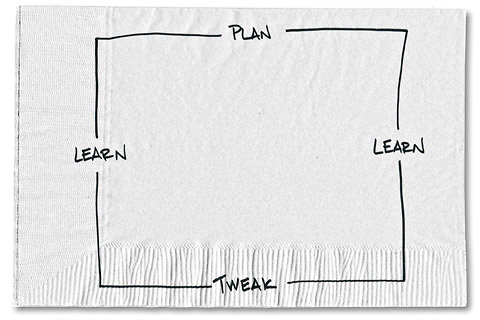Consumer spending dropped a seasonally adjusted 0.2 percent in April, the Commerce Department said on Friday. That was the first decline since May 2012. It followed a 0.1 percent increase in March and a 0.8 percent jump in February.
A drop in gasoline prices most likely lowered overall spending. Adjusted for inflation, spending ticked up 0.1 percent in April. Still, that was the smallest gain since October.
Consumers also seemed to spend less to heat their homes in April, which may have reduced spending on utilities. April’s weather was mild after an unusually cold March.
Income was unchanged in April, after a 0.3 percent rise in March and 1.2 percent gain in February. Wages and salaries barely grew, while government benefit payments fell.
In the euro zone, unemployment continued its relentless march higher in April, according to official data published Friday, hitting yet another record.
The jobless rate for the 17 countries that use the common currency rose to 12.2 percent, from 12.1 percent a month earlier, with 19.4 million people out of work, according to Eurostat, the European Union statistics agency. Some analysts said the number of people without jobs could hit 20 million by the end of the year.
Separate data from Eurostat showed that inflation in the euro zone rose to 1.4 percent from 1.2 percent.
Most analysts do not expect the European Central Bank to cut interest rates or take other action to stimulate growth when its policy-making council meets in the coming week, but the inflation rate could prompt the central bank to wait for clearer signs that there is no risk of higher prices.
In the United States, the retrenchment in spending indicates consumers may be starting to feel the effect of higher taxes.
But a separate report Friday showed that consumer confidence rose to a six-year high in May, suggesting the decline in spending may be temporary.
Americans are taking home less pay this year because of a two-percentage-point increase in Social Security taxes. A person earning $50,000 a year has about $1,000 less to spend this year. Income taxes on the wealthiest Americans also increased.
Consumer spending drives 70 percent of economic activity. It grew at the fastest pace in more than two years from January through March, helping the economy expand at a 2.4 annual rate during that quarter.
Economists said the latest spending figures suggested that growth might be slowing in the April-June quarter, to around a 2 percent rate. But most still expect growth to improve slightly after that as the effect of tax increases and government spending cuts fades.
Paul Ashworth, chief North American economist at Capital Economics, called it “a sobering report” for people expecting stronger growth. “There will be some modest pickup in the second half of the year, as the fiscal drag starts to ease, but we expect the improvement to be very gradual rather than dramatic.”

Article source: http://www.nytimes.com/2013/06/01/business/economy/consumer-spending-slipped-0-2-in-april.html?partner=rss&emc=rss





